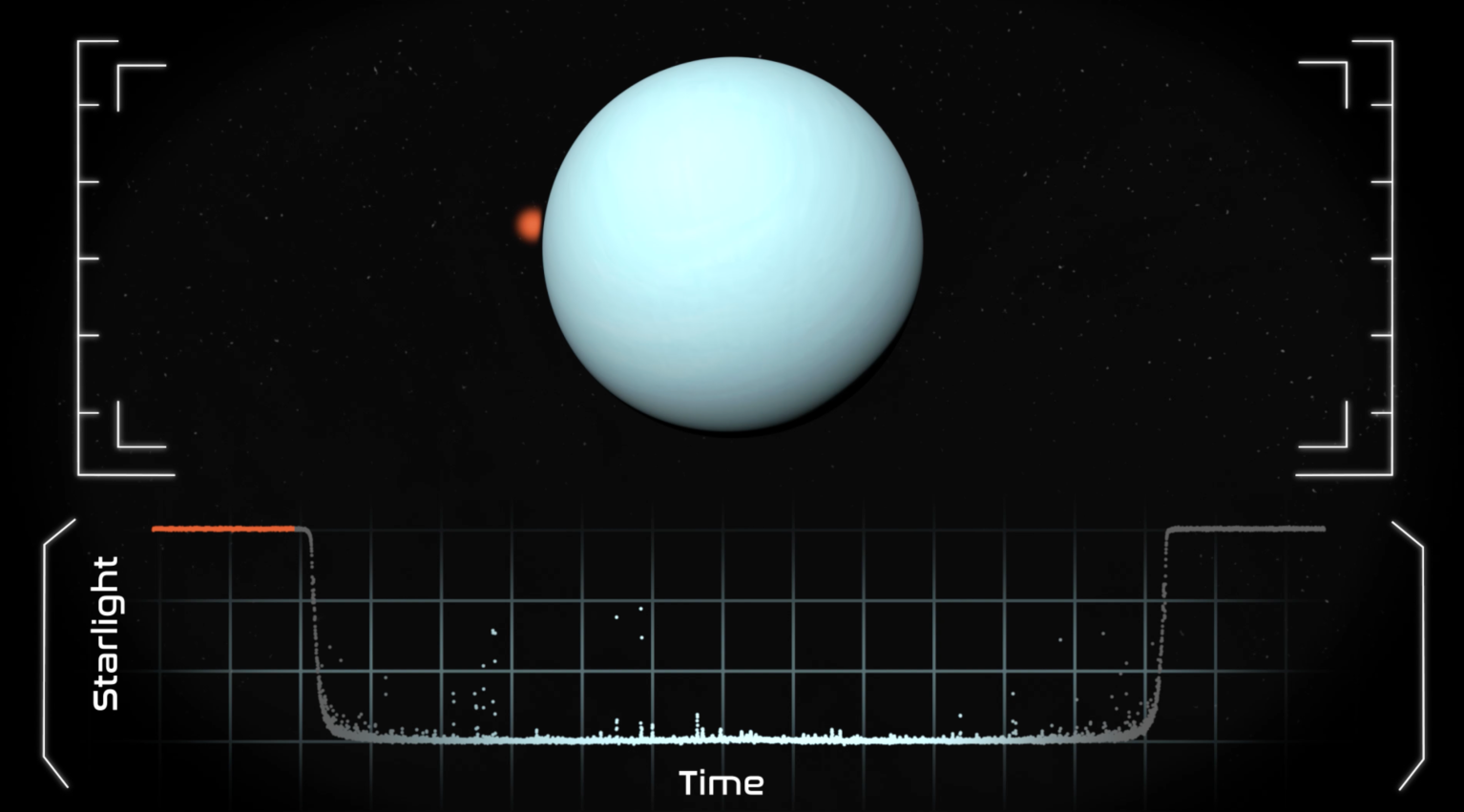
When a planet's orbit brings it between Earth and a distant star, it's more than just a cosmic game of hide and seek. It's an opportunity for NASA to improve its understanding of that planet's atmosphere and rings. Planetary scientists call it a stellar occultation and that's exactly what happened with Uranus on April 7.
Observing the alignment allows NASA scientists to measure the temperatures and composition of Uranus' stratosphere - the middle layer of a planet's atmosphere - and determine how it has changed over the last 30 years since Uranus' last significant occultation.
"Uranus passed in front of a star that is about 400 light years from Earth," said William Saunders, planetary scientist at NASA's Langley Research Center in Hampton, Virginia, and science principal investigator and analysis lead, for what NASA's team calls the Uranus Stellar Occultation Campaign 2025. "As Uranus began to occult the star, the planet's atmosphere refracted the starlight, causing the star to appear to gradually dim before being blocked completely. The reverse happened at the end of the occultation, making what we call a light curve. By observing the occultation from many large telescopes, we are able to measure the light curve and determine Uranus' atmospheric properties at many altitude layers."






